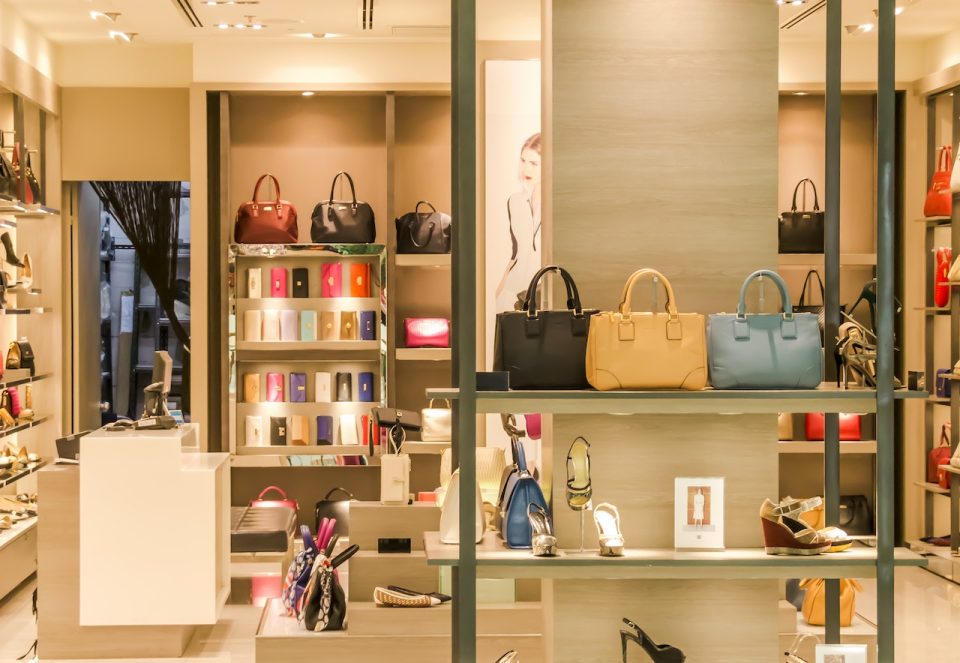In a surprise announcement that reverberated throughout Wall Street, Tapestry (TPR) unveiled its ambitious plan to purchase Capri Holdings (CPRI) for a staggering $8.5 billion, at a rate of $57 per share. This strategic move aims to expand the global influence of Tapestry by the purchase and integration the renowned brands of Capri Holdings, including Versace, Michael Kors, and Jimmy Choo. With this acquisition, Tapestry, the custodian of Coach, Kate Spade, and Stuart Weitzman, is poised to redefine the luxury fashion landscape. The acquisition price, set at a substantial 39% premium to Capri’s closing value on the preceding day, is anticipated to generate $200 million in cost synergies within three years of the deal’s completion, projected for 2024. Tapestry will finance the transaction through a combination of fresh debt issuance and cash reserves from its balance sheet.
Tapestry Purchase of Capri Holdings – Convergence of Luxury Portfolios
The confluence of Tapestry’s and Capri Holdings’ brand portfolios heralds a new era in the luxury fashion domain. Tapestry’s repertoire encompasses iconic names such as Coach, Kate Spade, and Stuart Weitzman, resonating with global audiences. On the other hand, Capri Holdings commands brands that have become synonymous with sophistication, including Versace, Michael Kors, and Jimmy Choo. The impending acquisition not only expands Tapestry’s global footprint but also capitalizes on the complementary strengths of these prestigious brands. The synergy between creative design and market expertise will establish new benchmarks in the luxury fashion sector.
Strategic Vision of CEO Joanne Crevoiserat and Purchase of Capri Holdings by Tapestry
This groundbreaking acquisition marks a significant juncture for Tapestry’s CEO, Joanne Crevoiserat. Taking the helm in 2019 as the Chief Financial Officer, Crevoiserat demonstrated her acumen by promptly revitalizing the handbags and accessories lines, optimizing inventory management, and fortifying profit margins. Her decisive measures also encompassed pragmatic cost-cutting strategies, entailing store closures and workforce reductions. This foresighted approach resulted in sustained financial health and drove value for shareholders. Furthermore, Tapestry pursued an aggressive share buyback policy, culminating in a $502 million repurchase during the initial three quarters of the current fiscal year. Consequently, this tactful move has contributed to a substantial earnings surge, from 4.5% in the fiscal year concluded in June 2020 to an impressive 9.5% in the fiscal year culminating in April 2023.
Tapestry’s acquisition of Capri Holdings underscores a broader trend of transformative deals within the luxury goods domain. The past three years have witnessed significant transactions, including LVMH’s landmark $15.8 billion acquisition of Tiffany & Co. and its majority stake investment of $3.5 billion in Birkenstock. Similarly, Kering’s foray into the market involved a $1.7 billion purchase of a 30% stake in Valentino, complemented by the acquisition of fragrance manufacturer Creed for $3.8 billion this year alone. These strategic moves reflect the sector’s resilience in the face of market fluctuations, underscoring the unwavering allure of luxury brands.
Continued Growth Amidst Market Dynamics
The acquisition orchestrated by Tapestry to procure Capri Holdings exemplifies CEO Joanne Crevoiserat’s astute vision. Since her appointment, Tapestry’s stock prices have surged by an impressive 92%, underscoring her effective leadership. Moreover, this deal constitutes another chapter in the ongoing narrative of strategic transactions within the luxury goods sector. Despite the ebb and flow of market dynamics, the luxury fashion industry maintains its robust growth trajectory.
As the purchase of Capri Holdings by Tapestry ushers in a new era for both entities, the global fashion landscape braces itself for transformative change. The fusion of iconic brands, the strategic prowess of CEO Joanne Crevoiserat, and the broader industry trends all coalesce to shape the future of luxury fashion, with an outlook poised for innovation and growth.

